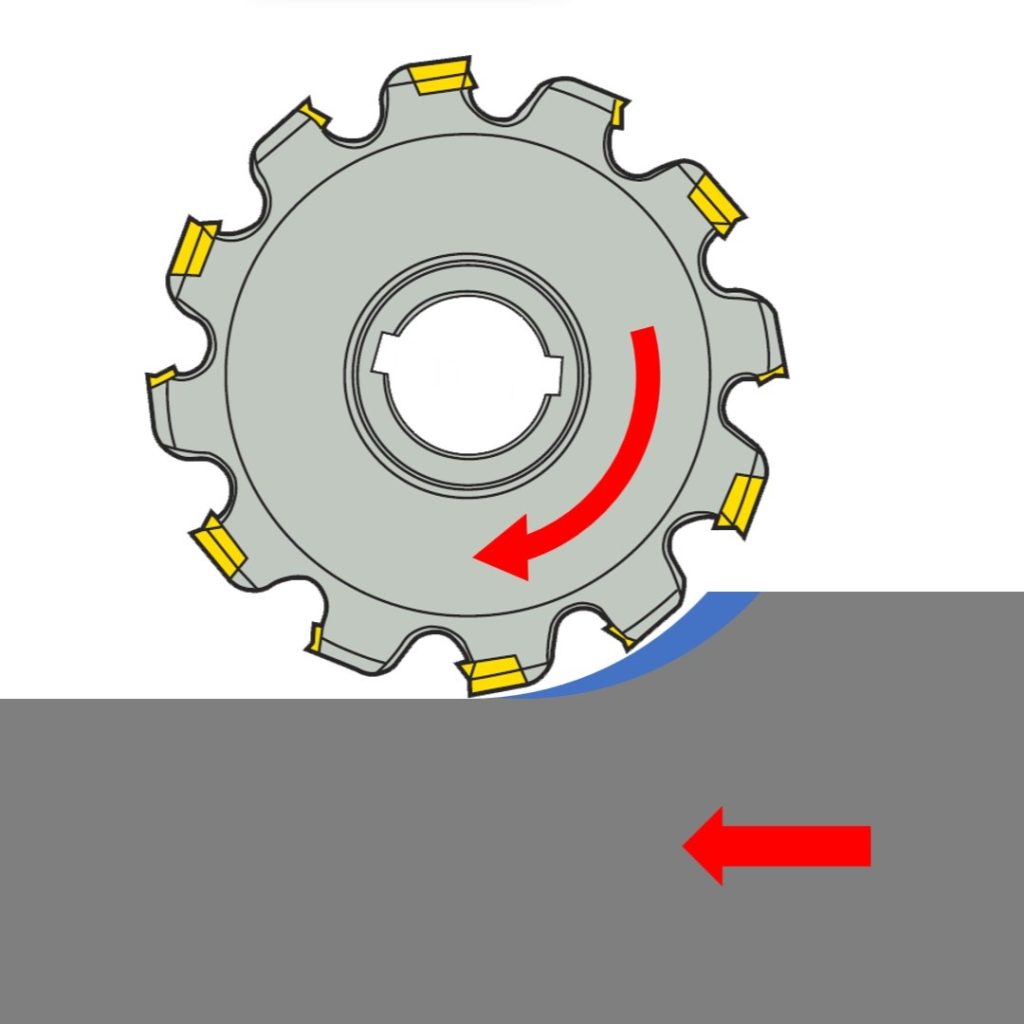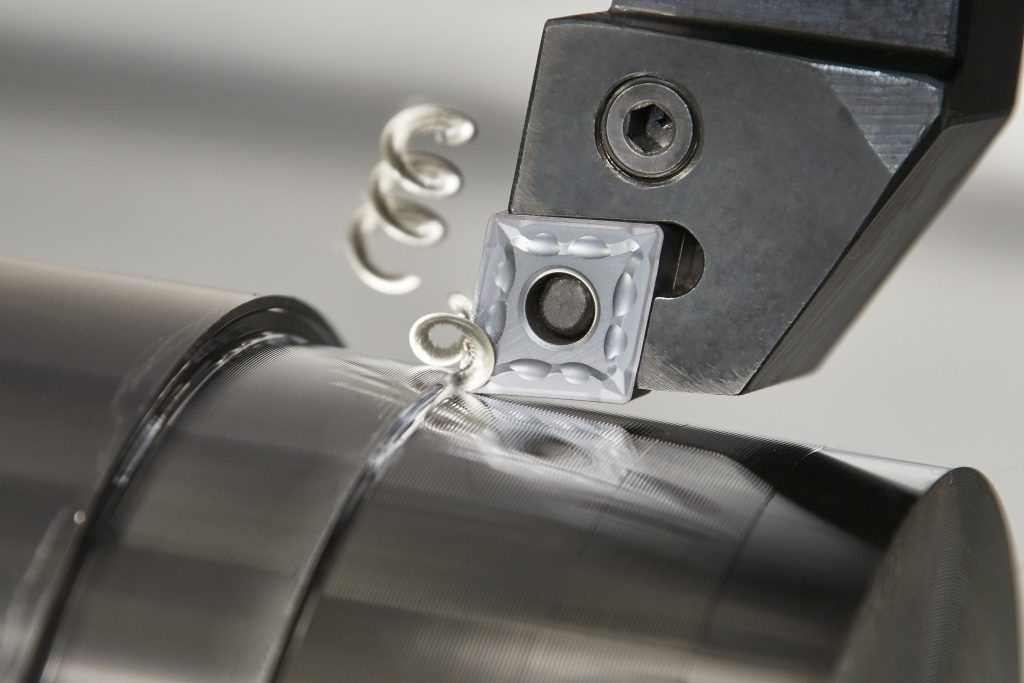Grades of International Tolerance
IT grade(s) refer to an internationally accepted code system for tolerances on linear dimensions. Such code systems may be used to produce interchangeable parts. In engineering, the word tolerance refers to a range of allowable dimensions or values. Standard tolerance grades are a group of tolerances for linear sizes characterized by a common identifier. For […]
Grades of International Tolerance Read More »










